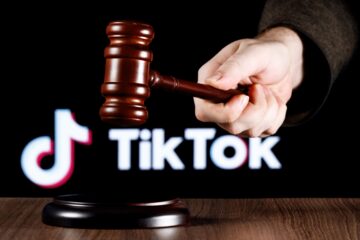".
The Affirmative Defense of Prosecution Laches
The Summary
Modern U.S. Patent Law provides a patentee with a right to exclude others from practicing an invention for twenty years from the earliest priority date. Is it possible that a company could today infringe a U.S. patent with a priority date from 1987? The surprising answer is “yes.” This was the scenario in Personalized Media Communications, LLC (“PMC”) v. Apple, Inc. (“Apple”), a recent case decided by the Court of Appeals for the Federal Circuit (“Federal Circuit”).
The jury in the lower court had unanimously found that Apple infringed U.S. Patent No. 8,191,091 (“‘091 Patent”) and awarded PMC over $308 million in reasonable-royalty damages. Much to PMC’s dismay, the lower court held that Apple had successfully raised the affirmative defense of prosecution laches and the patent was unenforceable against Apple because PMC had employed an inequitable scheme to extend its patent rights that had prejudiced Apple. PMC appealed to the Federal Circuit.
However, the Federal Circuit affirmed that prosecution strategy such as PMC’s, which is shown to be unreasonable and rooted in a strategy to deliberately delay in order to extend patent term length, can result in a patent being unenforceable when the unreasonable strategy has prejudiced the defendant.
The Story
In the summer of 1995, the U.S. harmonized its patent terms with those used elsewhere in the world and changed the U.S. patent term to run 20 years from the earliest priority date, rather than the prior framework of 17 years from issuance. Before the new patent law took effect, certain entities sought to take advantage of the patent term provided by the earlier law and filed applications that claimed priority to applications filed under the earlier patent law framework. PMC was one of those entities.
In the months leading up to the law change, PMC filed 328 patent applications. Each application claimed priority to one or more applications filed in the 1980s, which due to their length (e.g., 500 pages of text) and complexity were still pending in the U.S. Patent & Trademark Office (USPTO). Each application was filed with a single claim and then subsequently amended over time. According to the lower court, this greatly increased the family of related patent claims to the “range of 6,000 to 20,000 claims.” In addition, PMC submitted an unusually vast amount of prior art disclosures, thirty pages, for evaluation by the USPTO, which, according to the lower court, included references having little-to-no relevance. This prosecution strategy appeared to be aligned with internal PMC documents cited by the court describing PMC’s strategy “to prosecute coverage on its technologies deliberately over time in such a way that broad coverage is in effect at any given time while the duration of coverage is prolonged as long as possible” in hope of “exercise[ing] far-reaching market control for as long as 30 to 50 years.”
This article was originally posted in the The National Law Review.
To read the rest of the article click here.


